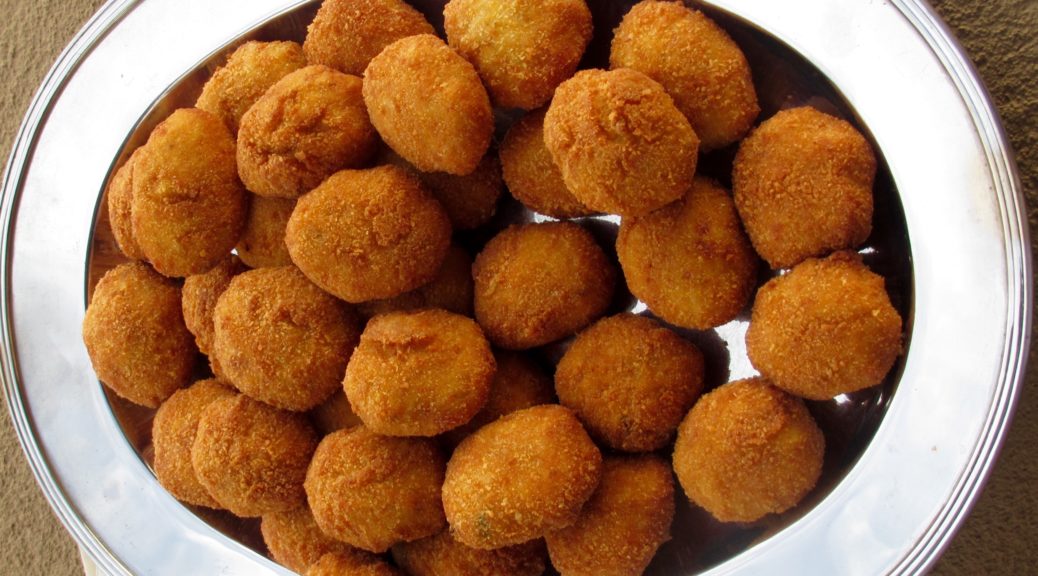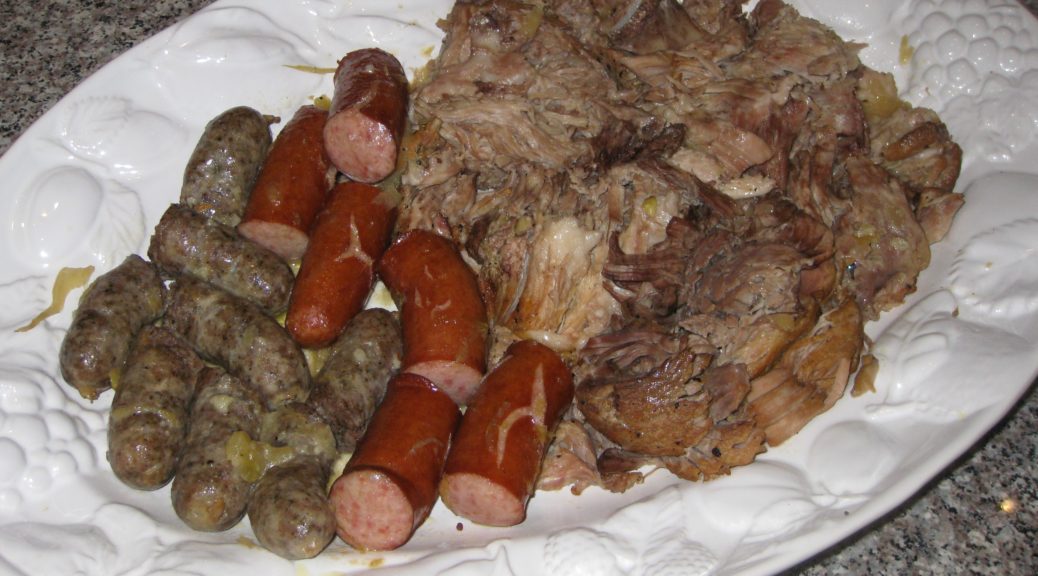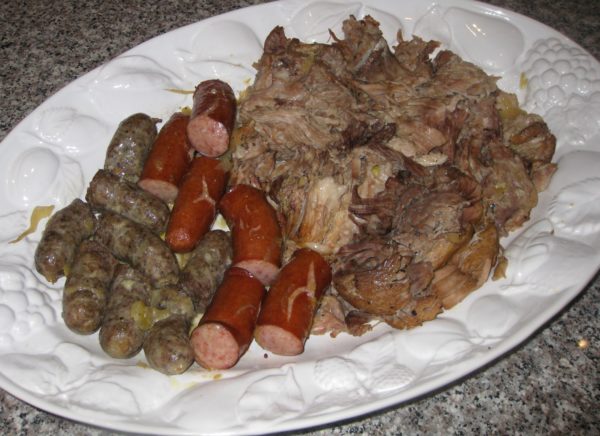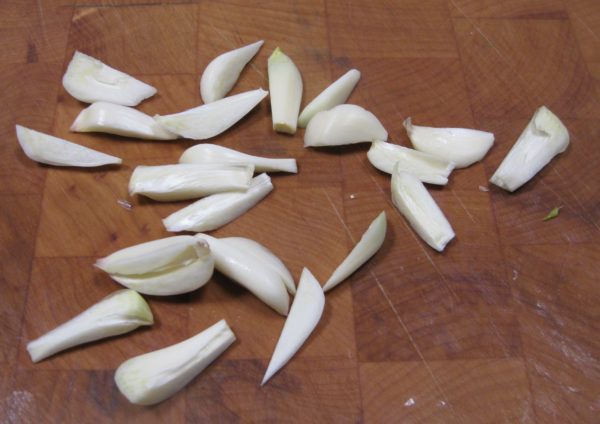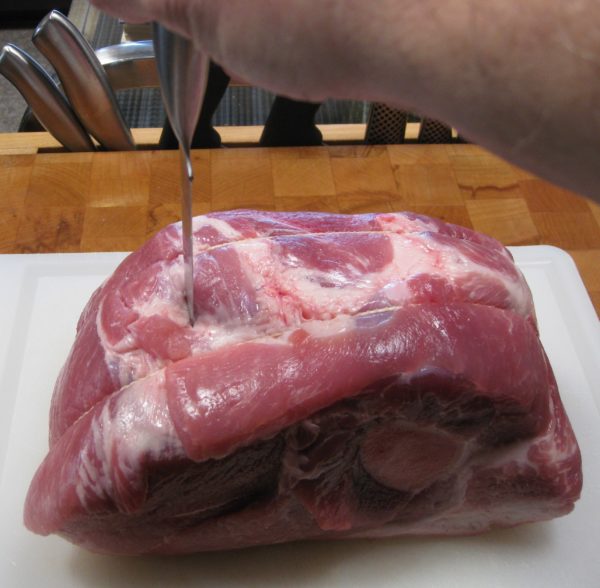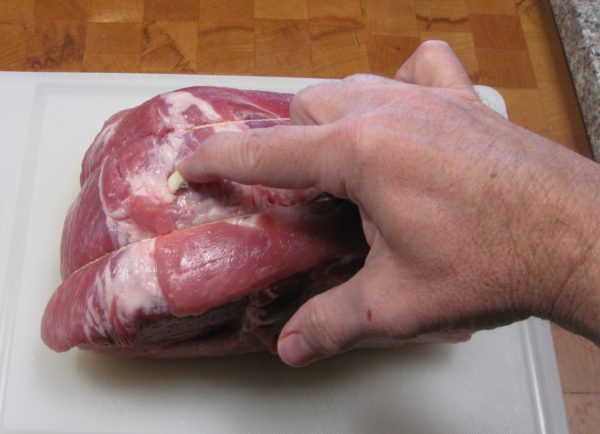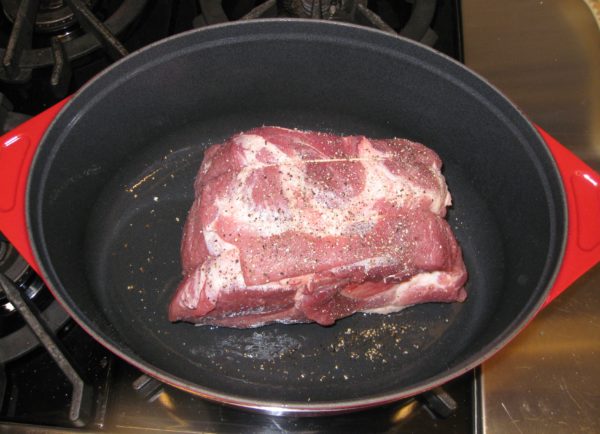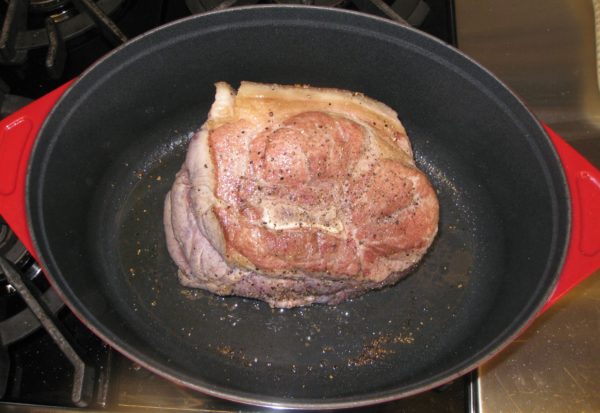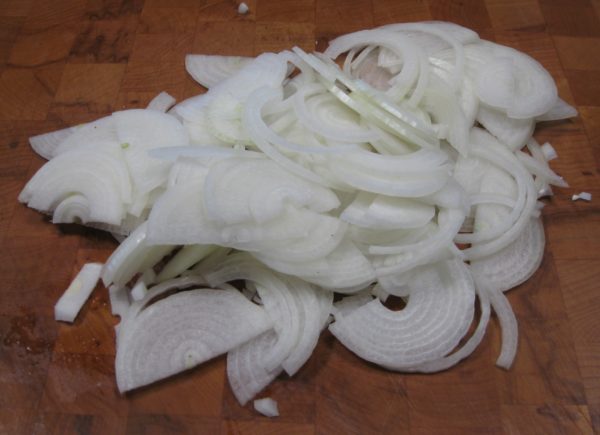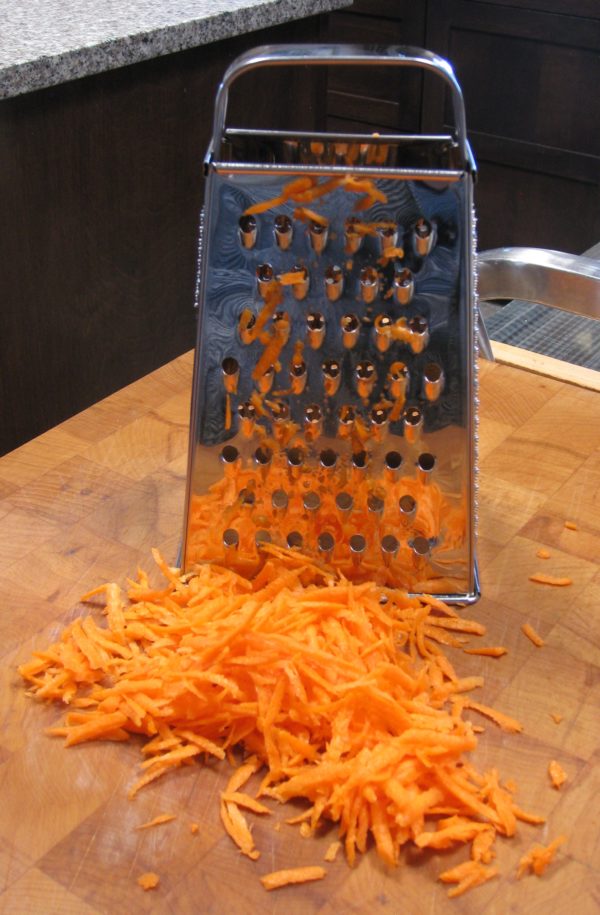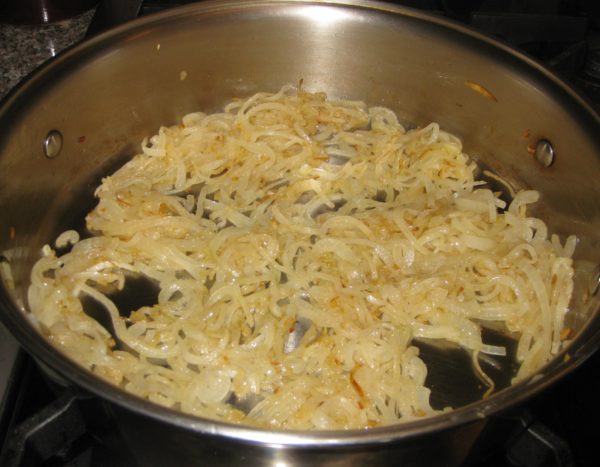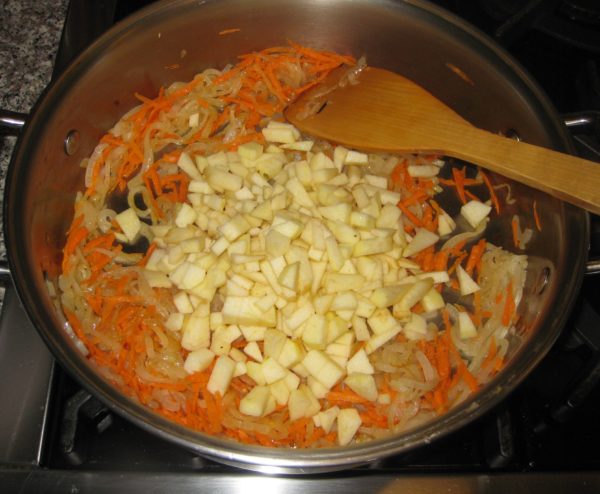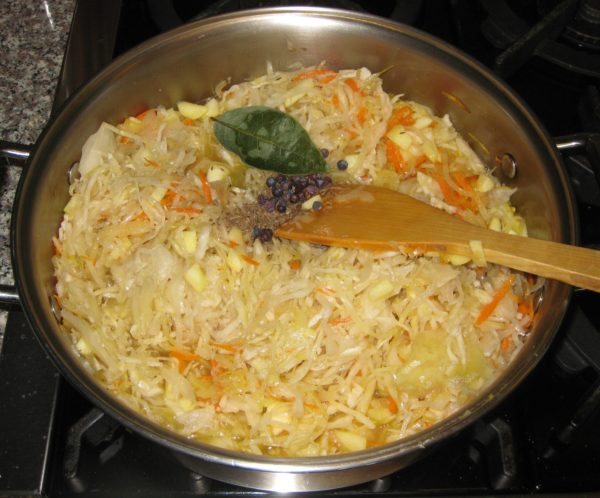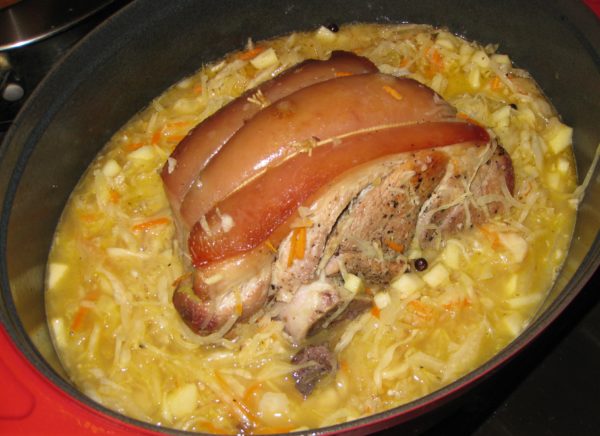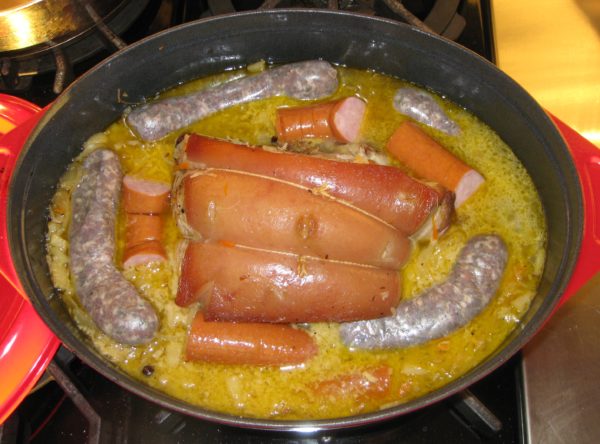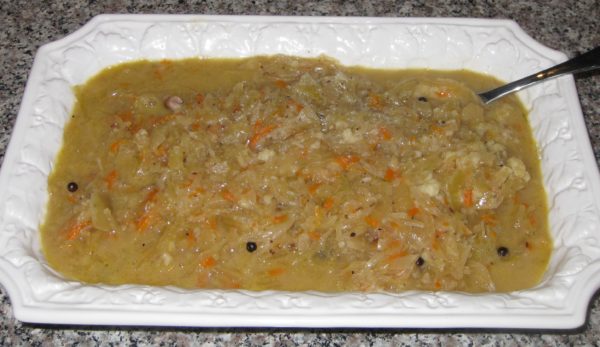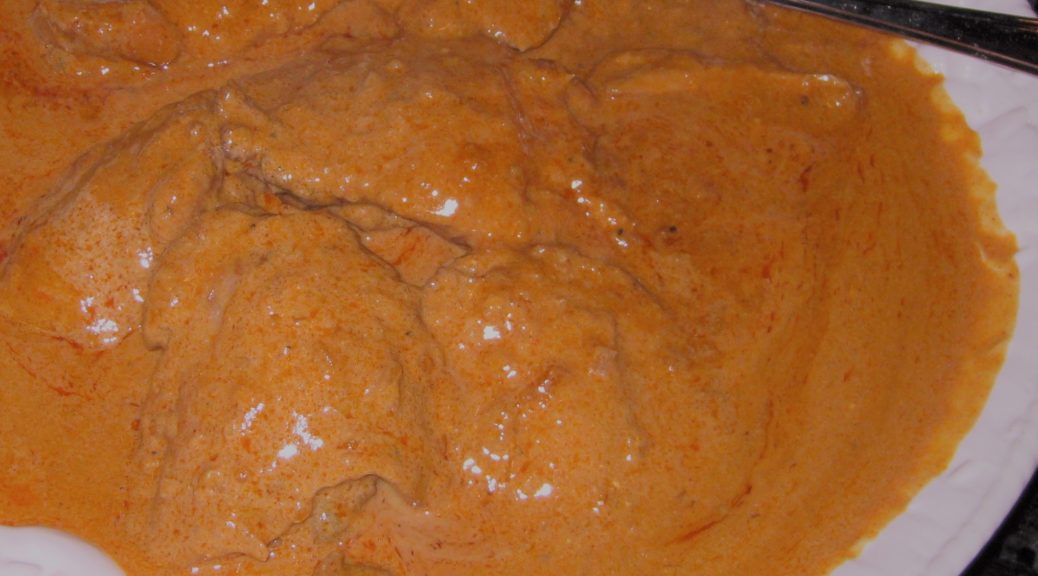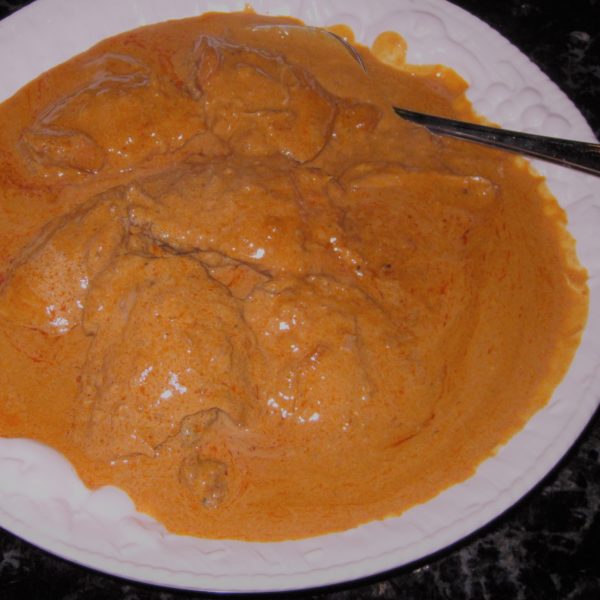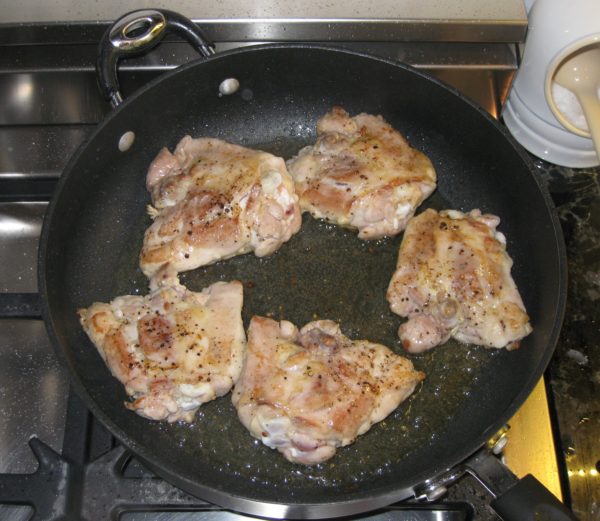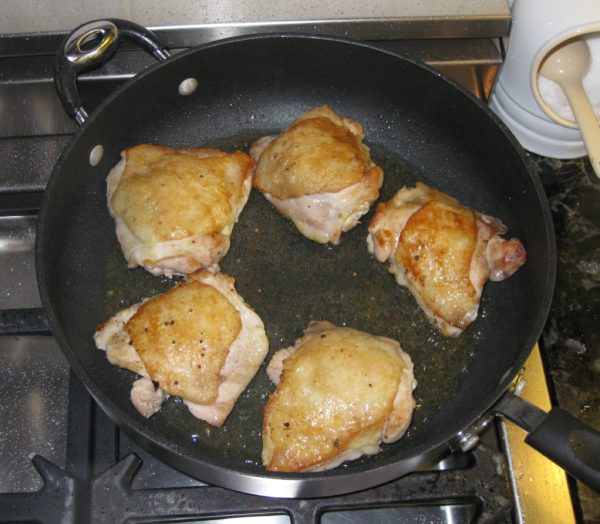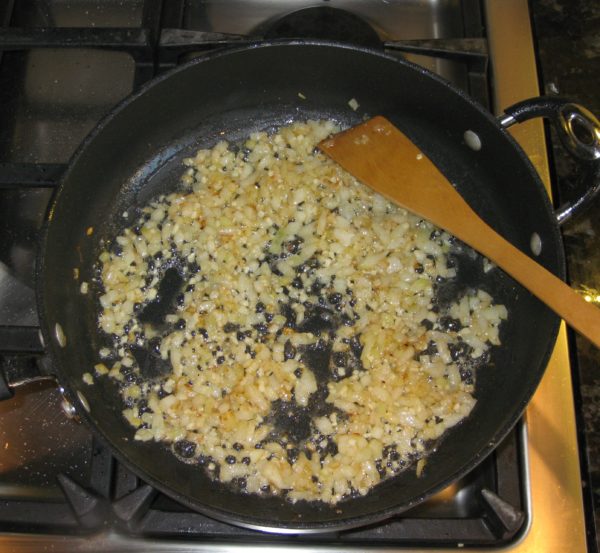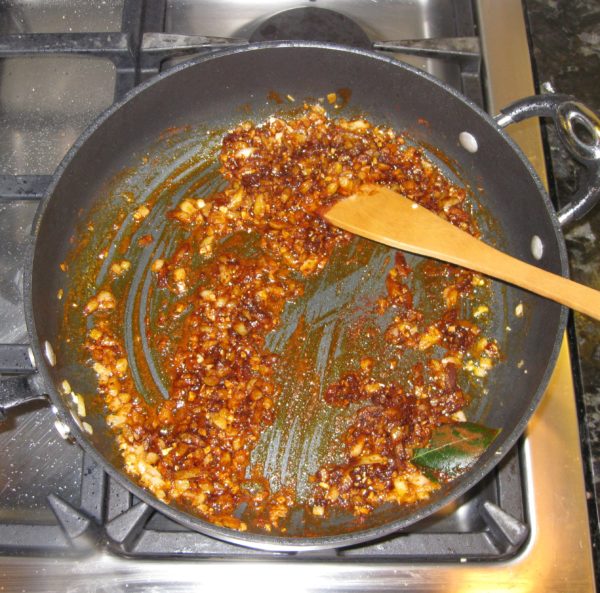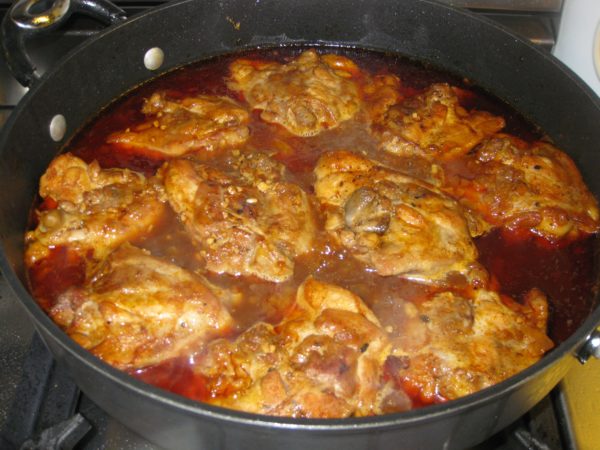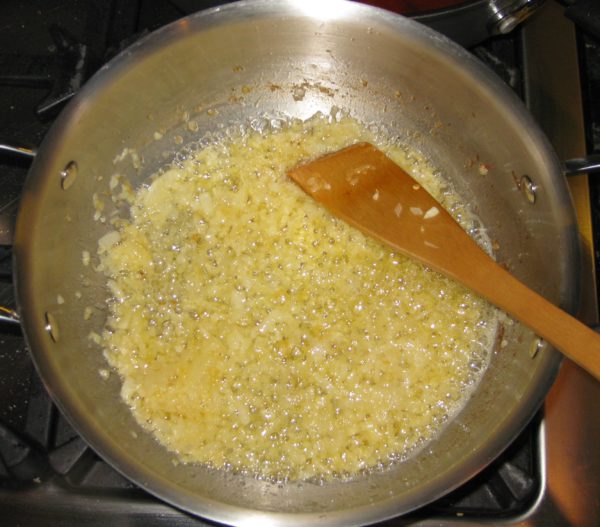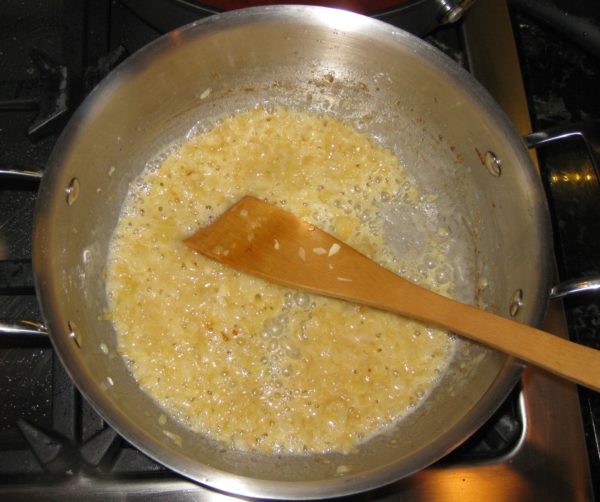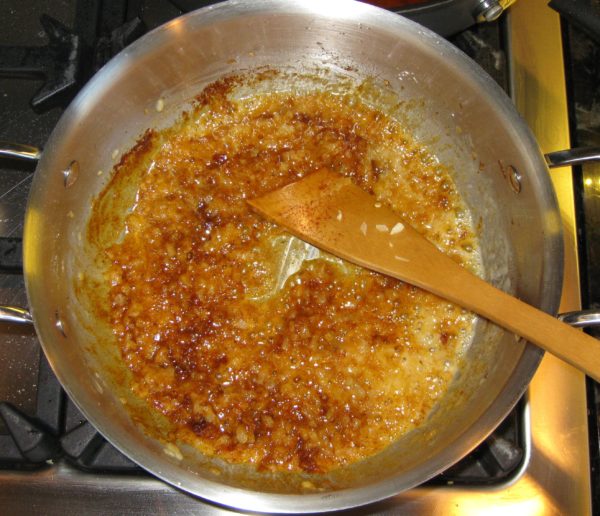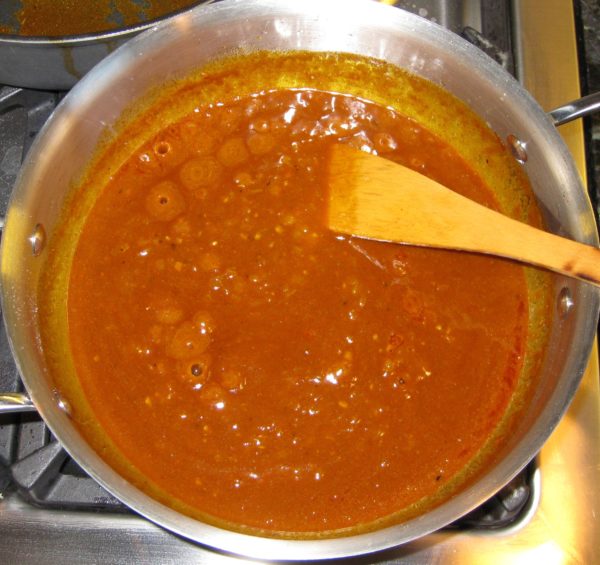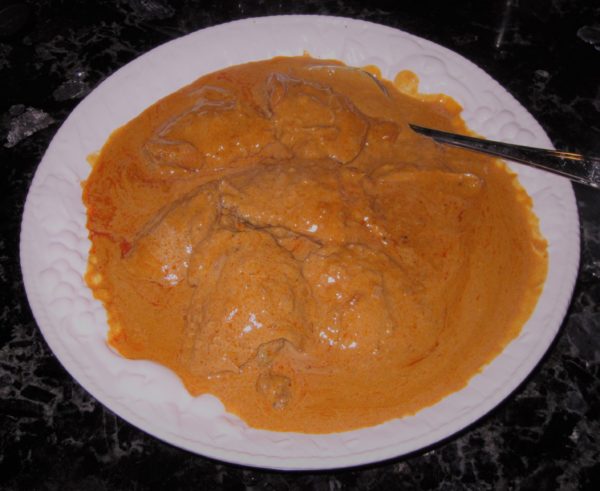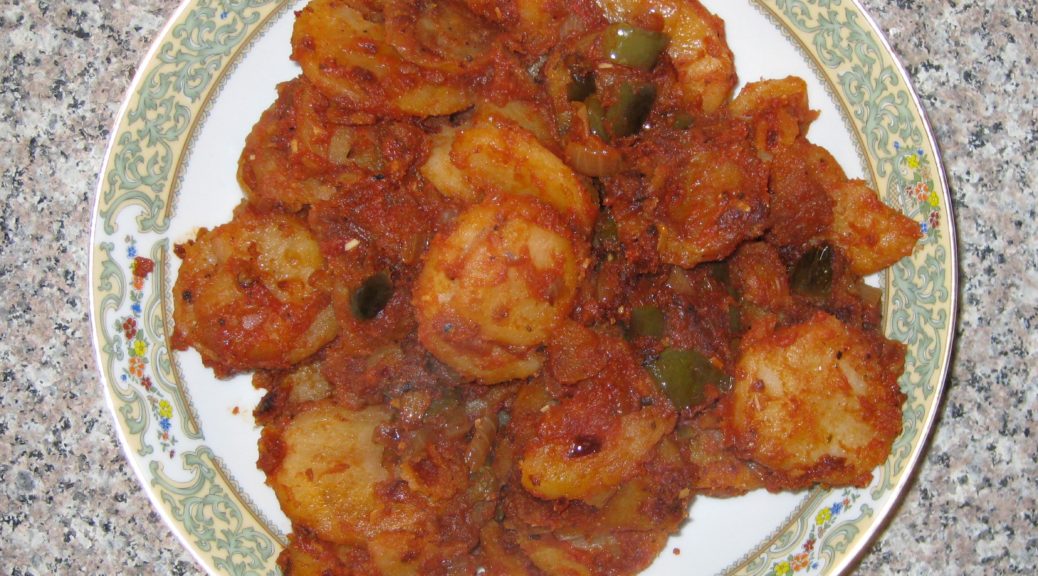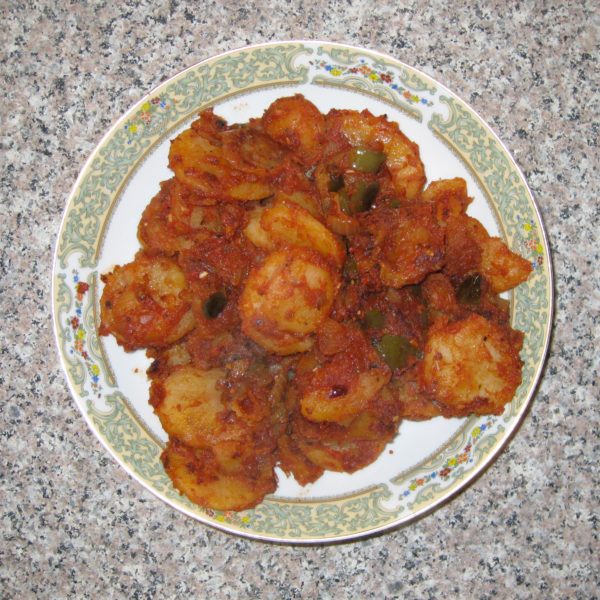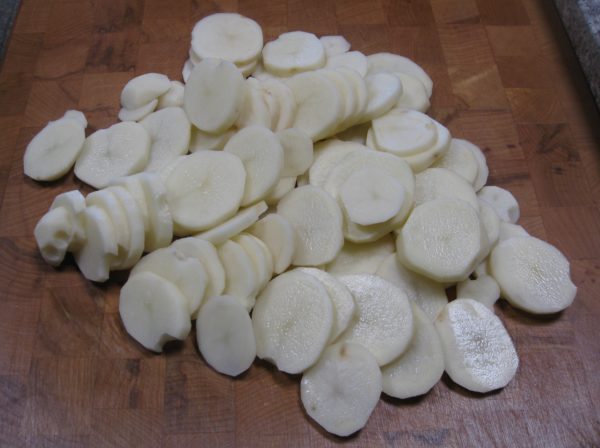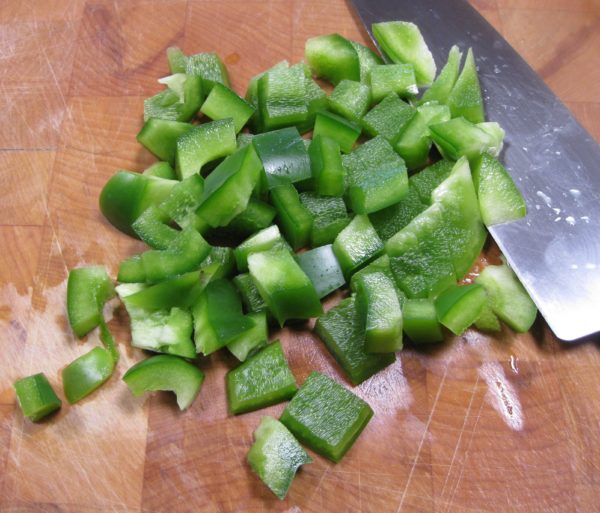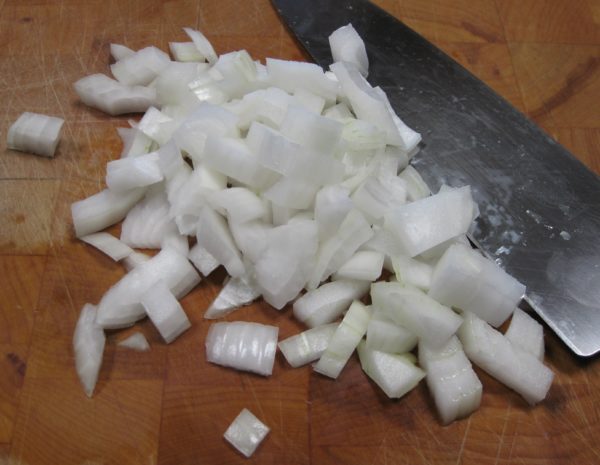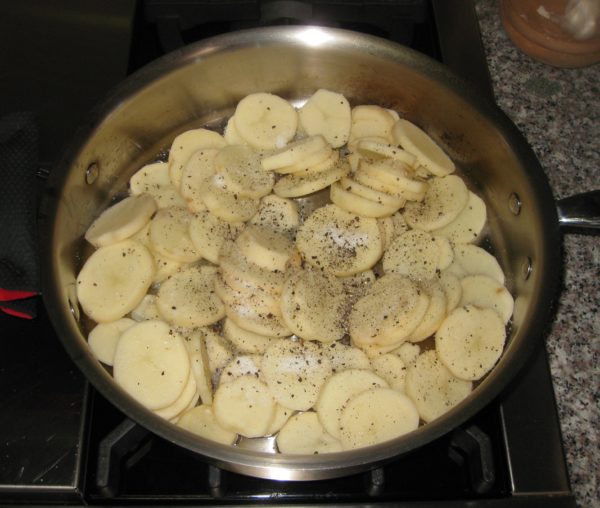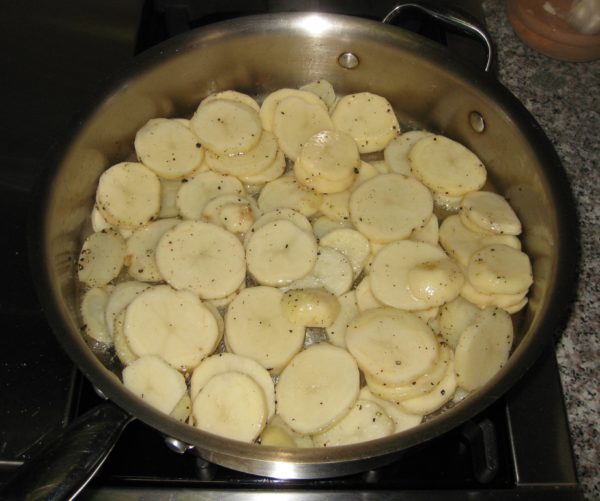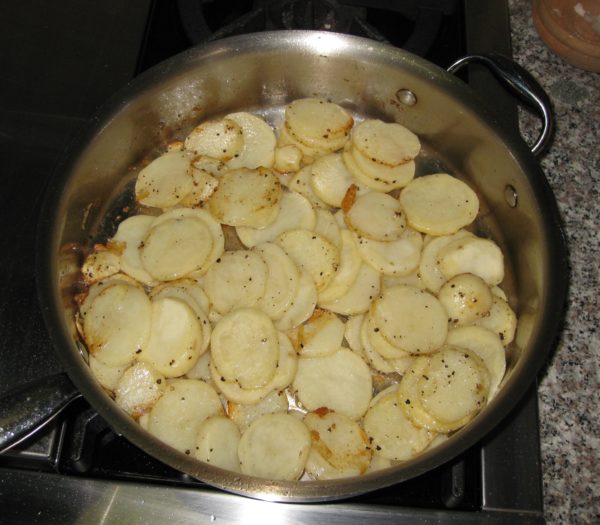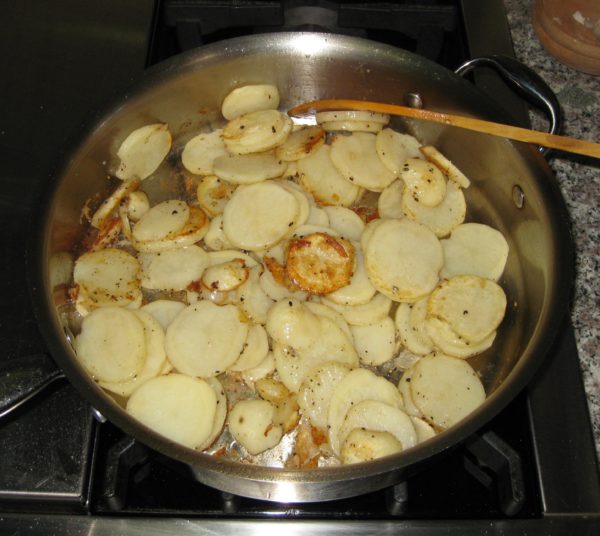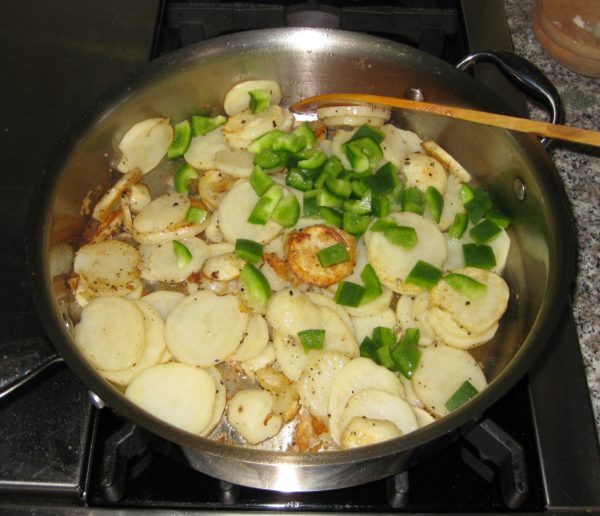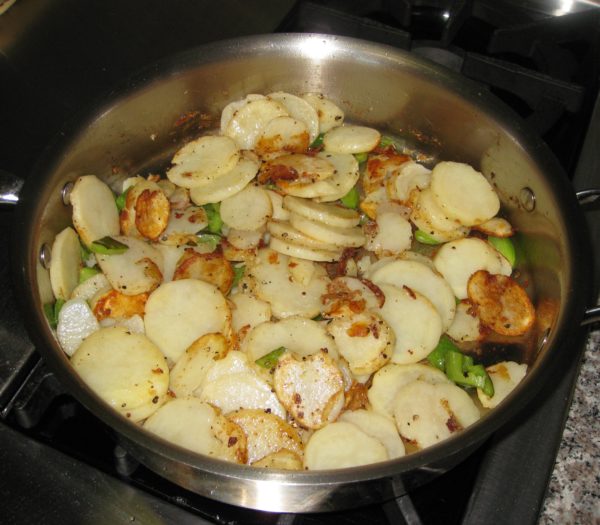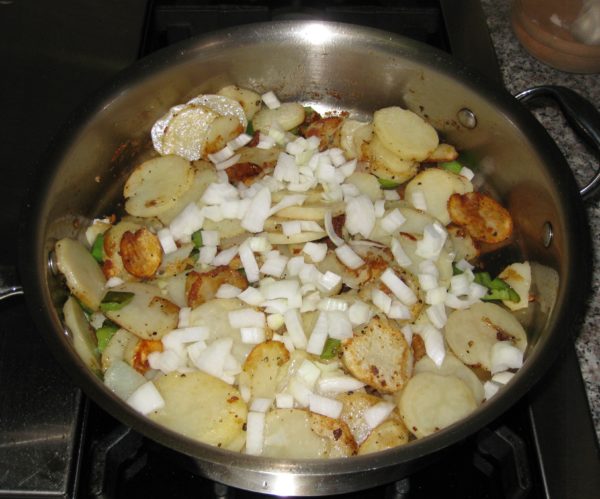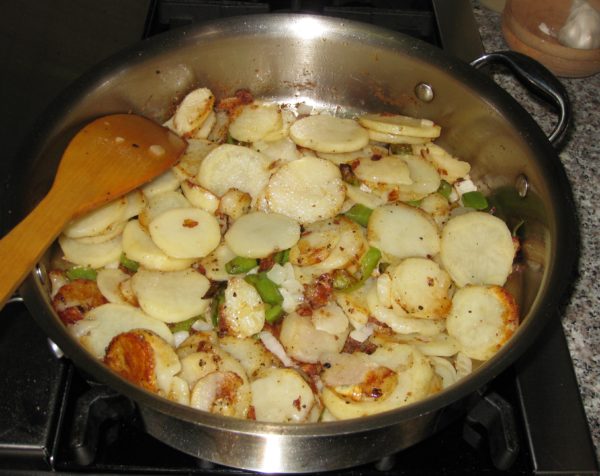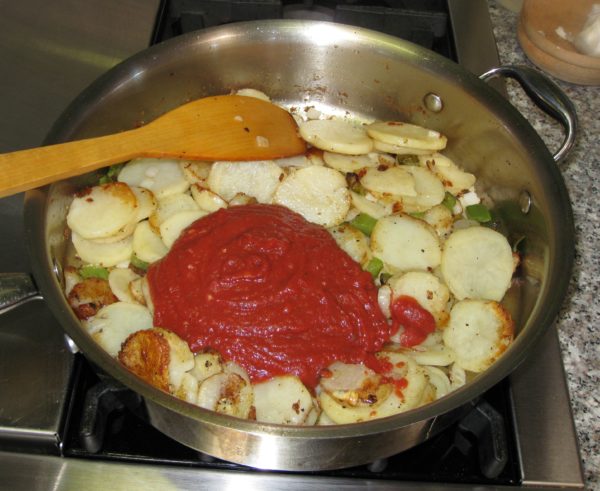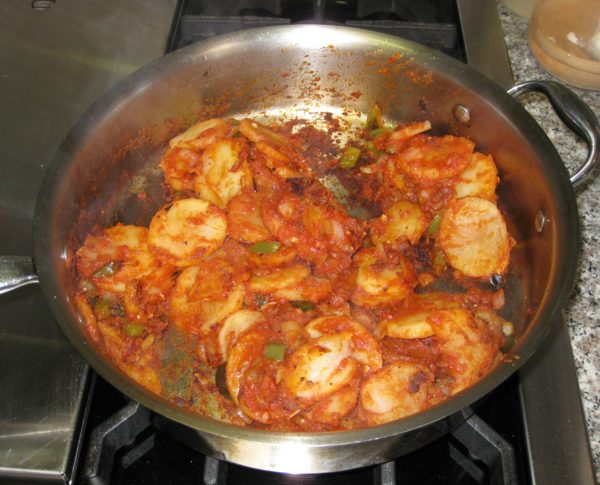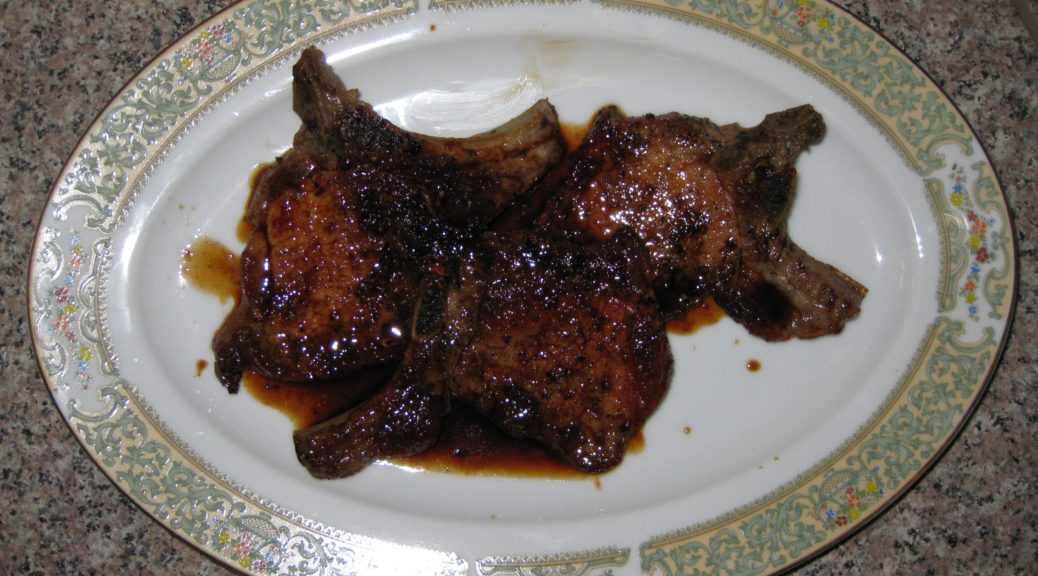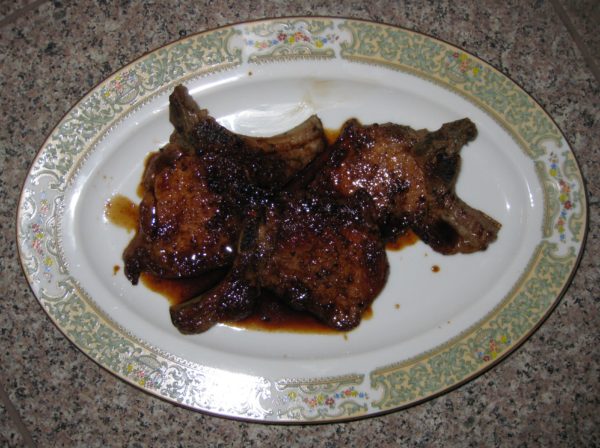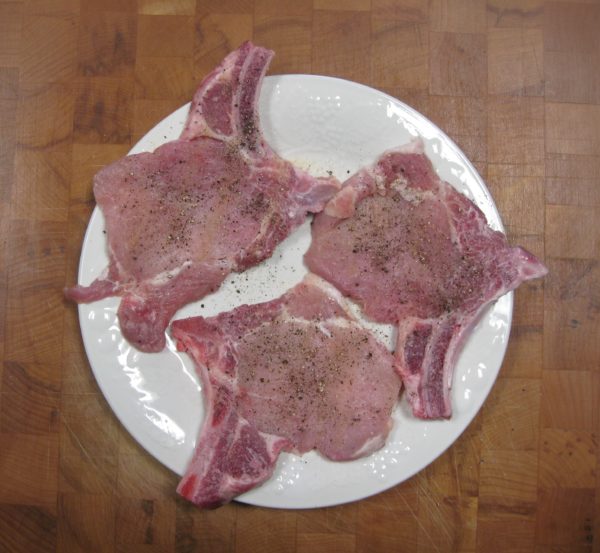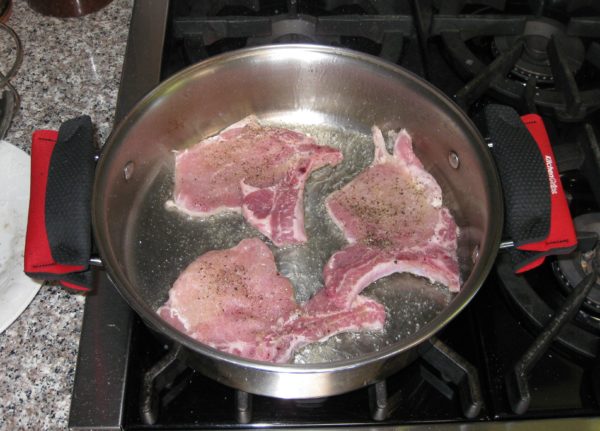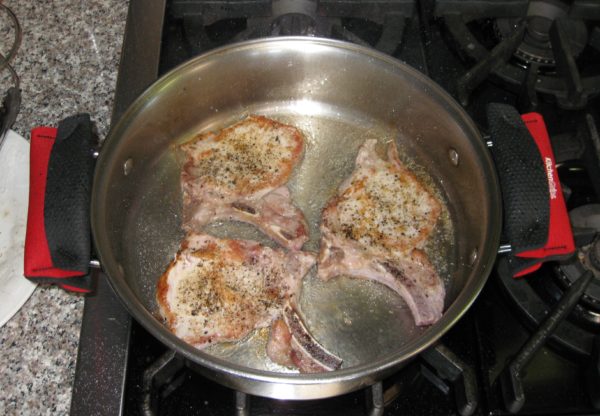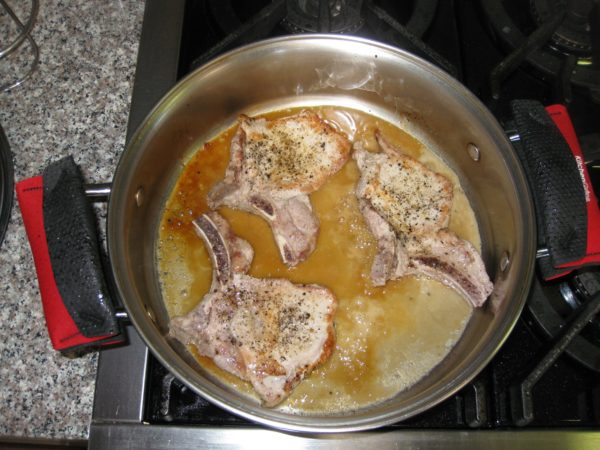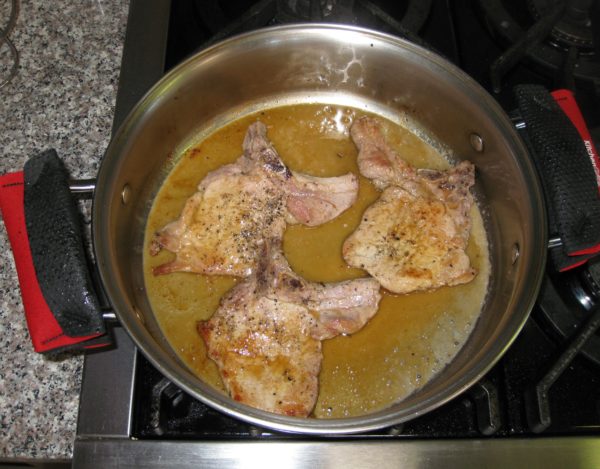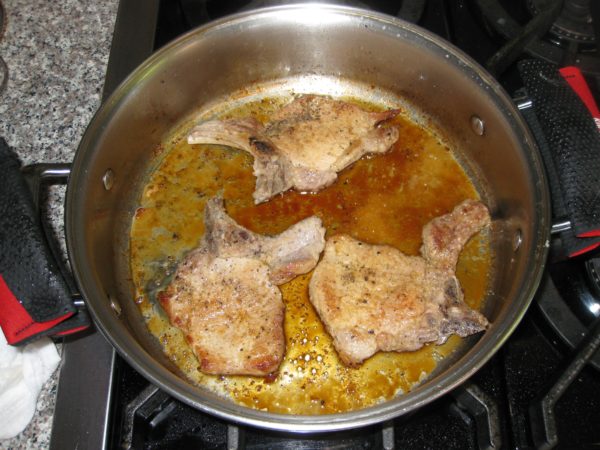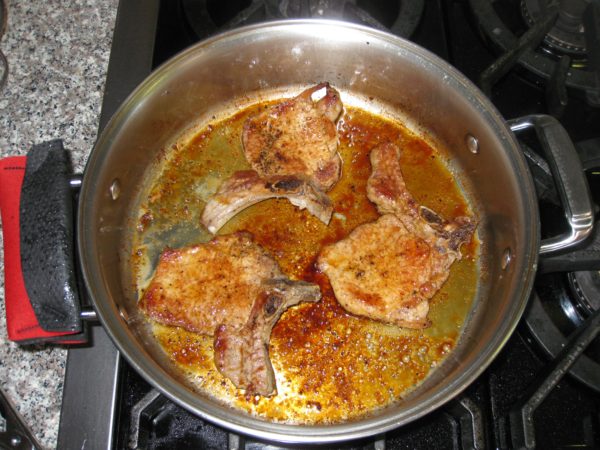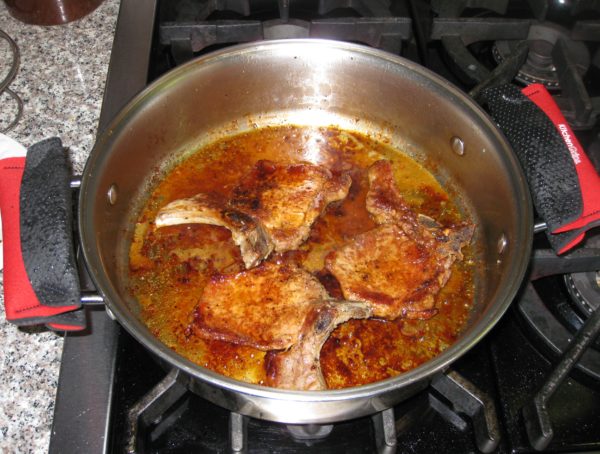December 26, 2018
OK, I’m going out on a limb again posting another Sri Lankan recipe.
Whenever I do that, fewer people open the email and even fewer look at the recipe. Sri Lankan food just doesn’t garner the interest (among my readers, at least) that Italian food does. Interestingly (or not, perhaps) my cousin’s Marinated Pasta Salad from two weeks ago got the largest response ever!
Although a majority of my recipes are Italian, I am reluctant to post ONLY Italian recipes. There are just so many things that I like to cook…and therefore want to share…that I want to keep my options open. What happens, if for example if I choose to post only Italian recipes and then want to post my recipe for Bourbon Brown Sugar Apricot Jam? That most certainly is NOT Italian. (But it is so, so good!)
Join our mailing list and you’ll never miss a recipe again!
One possibility, I guess, would be to focus this blog on Italian food exclusively and to start a second blog that includes all the other foods I like to cook. The majority of that food would end up being Asian with a smattering of Western Cuisines. Bourbon Brown Sugar Apricot Jam would be just as out of place there as it would in an exclusively Italian-food-oriented blog. (And, I’m not sure I could keep two blogs going.)
Here’s my request: Use the comment feature to let me know what you think about the options, or even come up with alternative suggestions, for how to focus the blog. I plan to continue posting while I am in Italy for three months but that would be a great time to redesign the focus of the blog, if need be, and start fresh when I return.
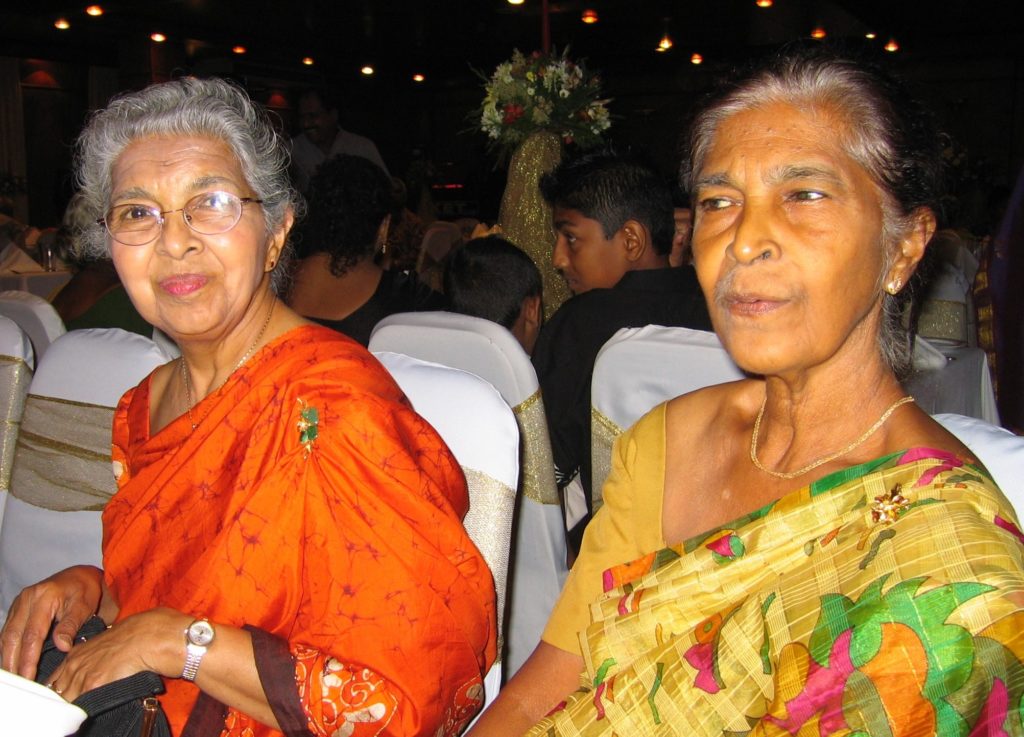
As for the Fish Croquettes, these are actually called Fish Cutlets in Sri Lanka but croquettes would be a more common term in the West. I think you’ll find that they go really well with cocktails and, if you didn’t tell anyone they were Sri Lankan, nobody would be the wiser.
Follow us on your social media platform of choice
Over the next few months, I will post a few more of my favorite Sri Lankan recipes. When I started doing this in the late summer, my plan was to post enough recipes for my readers to be able to put together a credible Sri Lankan meal, not that every dish I posted would need to be included but that I would have posted enough of an assortment of recipes to provide a good basis for selection.

I am going to follow through on that plan in the coming months. Upcoming recipes might include Beef Smoore, Devilled Cashews, Ghee Rice, Pol Sambol, Pork Badun, Beet Curry, Fish Curry, Pickled Lime, Pumpkin Curry, Tempered Cabbage and Peppers, and Wattalappam. If you’ve got a favorite that you want me to post just let me know!
The blog will be an interesting juxtaposition over the next few months as I chronicle my culinary experience in Italy interspersed with Sri Lankan recipes.
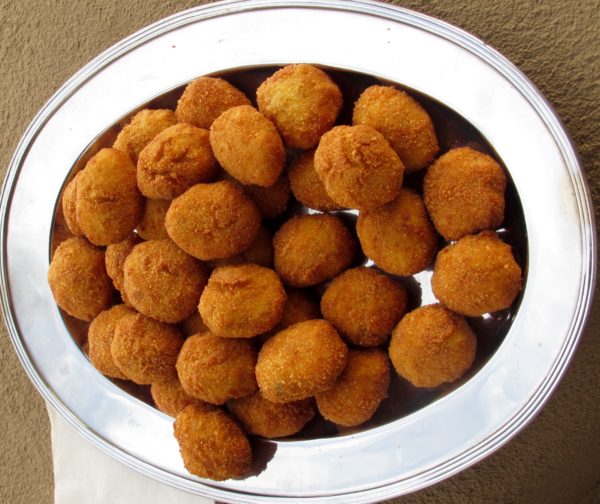
| Prep Time | 1 hour |
| Cook Time | 1 1/2 hours |
| Passive Time | 4 hours |
| Servings |
croquettes
|
- 14 ounces small red-skinned potatoes
- 1 1/2 pounds tuna or bonito preferably skinless
- 1/2 teaspoon black pepper freshly ground, or to taste
- 2 onions chopped
- 3 small green chiles more or less to taste
- 20 curry leaves fresh (see headnote for options)
- 1/2 teaspoon ground cumin
- 3 tablespoons oil
- 2 1/2 teaspoons salt
- 3 eggs lightly beaten
- breadcrumbs to bind
Ingredients
For the croquettes
|

|
- Peel the potatoes. Cut them into pieces approximately ¾ inch on a side.
- Put the cut potatoes in a steamer basket. Sprinkle with ground black pepper to taste.
- Steam the potatoes over boiling water until tender, 15-25 minutes.
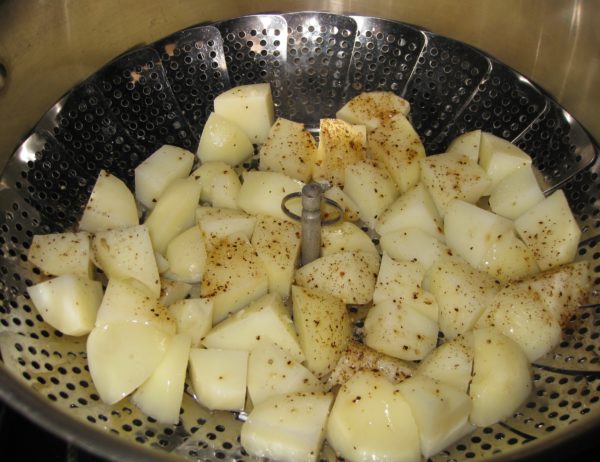
- Put the cooked potatoes into a mixing bowl.
- Cut the fish into strips approximately 1 ½ inches wide.
- Put the fish in the steamer basket. Sprinkle with ground black pepper to taste.
- Steam the fish over boiling water until fully cooked and flaky, 10-20 minutes. If the fish has skin, remove it after steaming.
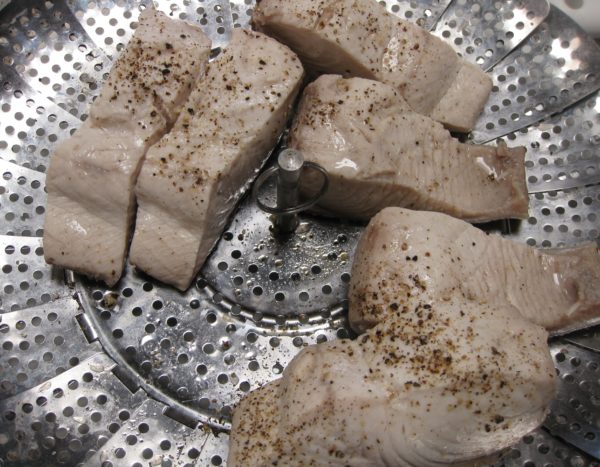
- Put the fish on a plate to cool.
- Coarsely chop the green chiles
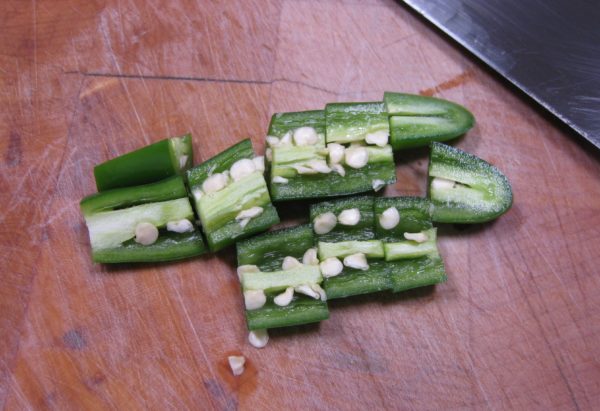
- Grind the onions and green chile in a food processor.
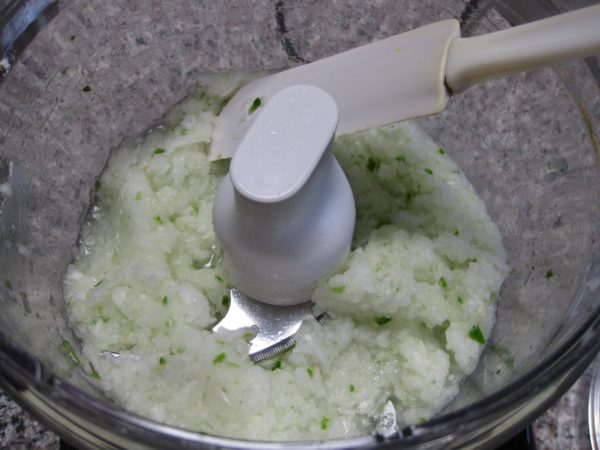
- Sauté the ground onion mixture, curry leaves, and cumin in the oil until the onion is soft but not brown, 6-8 minutes.
- Coarsely mash the partially cooled potato.
- Add the fish to the potato and mash again. The mixture should not be completely smooth but there should not be any really large chunks.
- Add the onion mixture and salt to the mashed potatoes and fish. Mix well.
- Add the eggs and then enough breadcrumbs to bind the mixture. The amount of breadcrumbs needed will vary based on the moisture content. Use your judgement and opt for making the mixture a little loose rather than overly stiff.
- Refrigerate, covered, for several hours for the breadcrumbs to fully hydrate.
- Taste and adjust salt (and chile if you wish).
- Divide into 50 portions. Shape each into a slightly flattened oval shape.
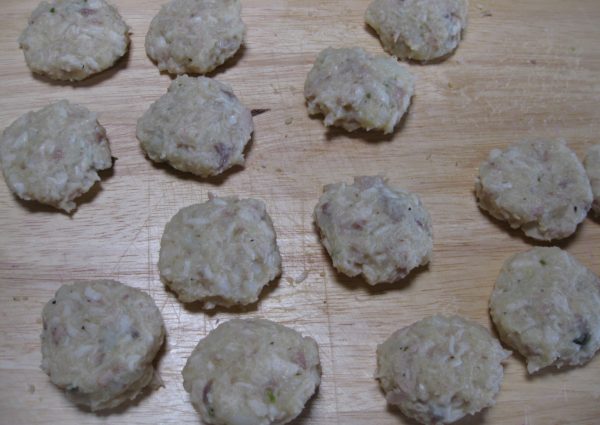
- Season the flour with salt and freshly ground black pepper to taste.
- Beat the four eggs lightly and season with salt and freshly ground black pepper to taste.
- Dredge each croquette in flour, then dip in the beaten egg, then roll in the breadcrumbs.
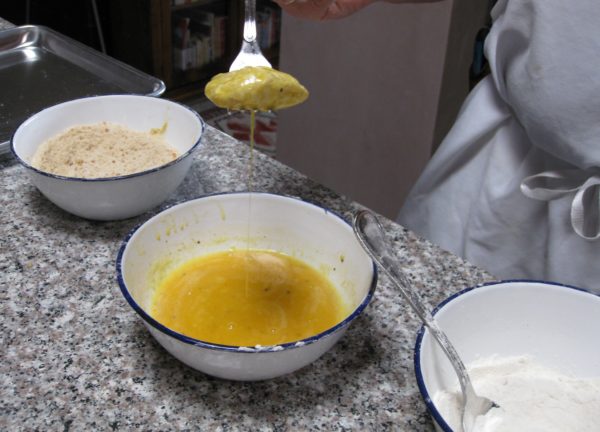
- Refrigerate, uncovered, at least one hour before frying.
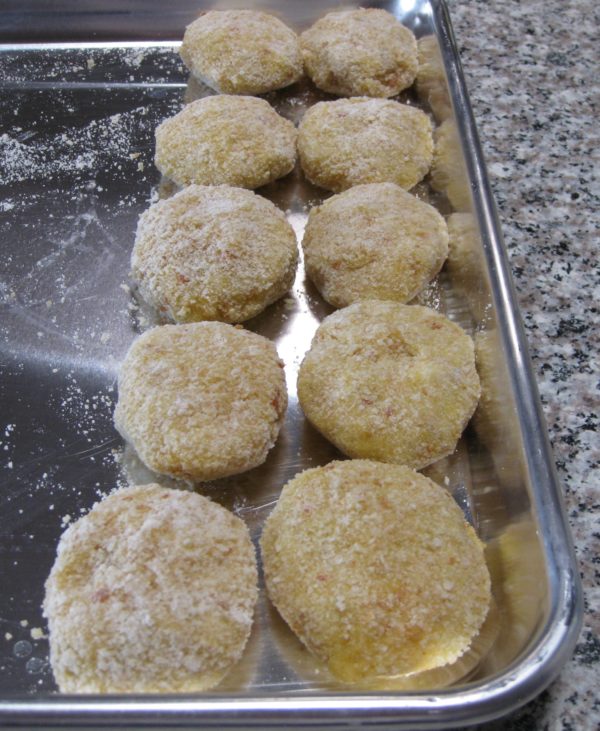
- Deep fry the croquettes at 350°F to 375°F until golden brown.
- Drain on a rack set in a rimmed baking sheet.
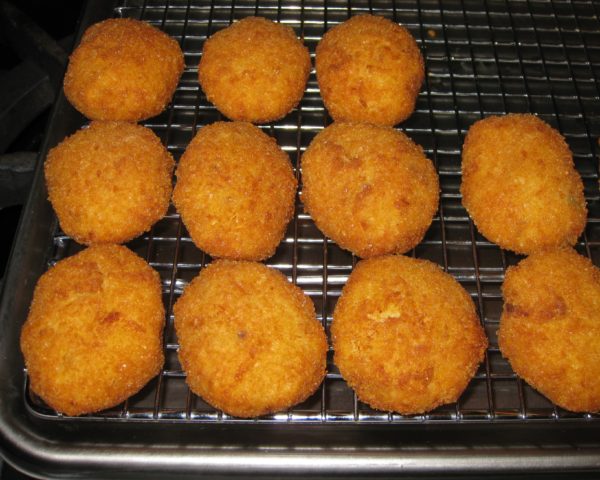
Curry leaves have an alluring flavor that isn't really comparable to any other herb. I recommend that you try to find them. You will probably have extra left. I suggest adding the whole fresh leaves to eggs before scrambling.
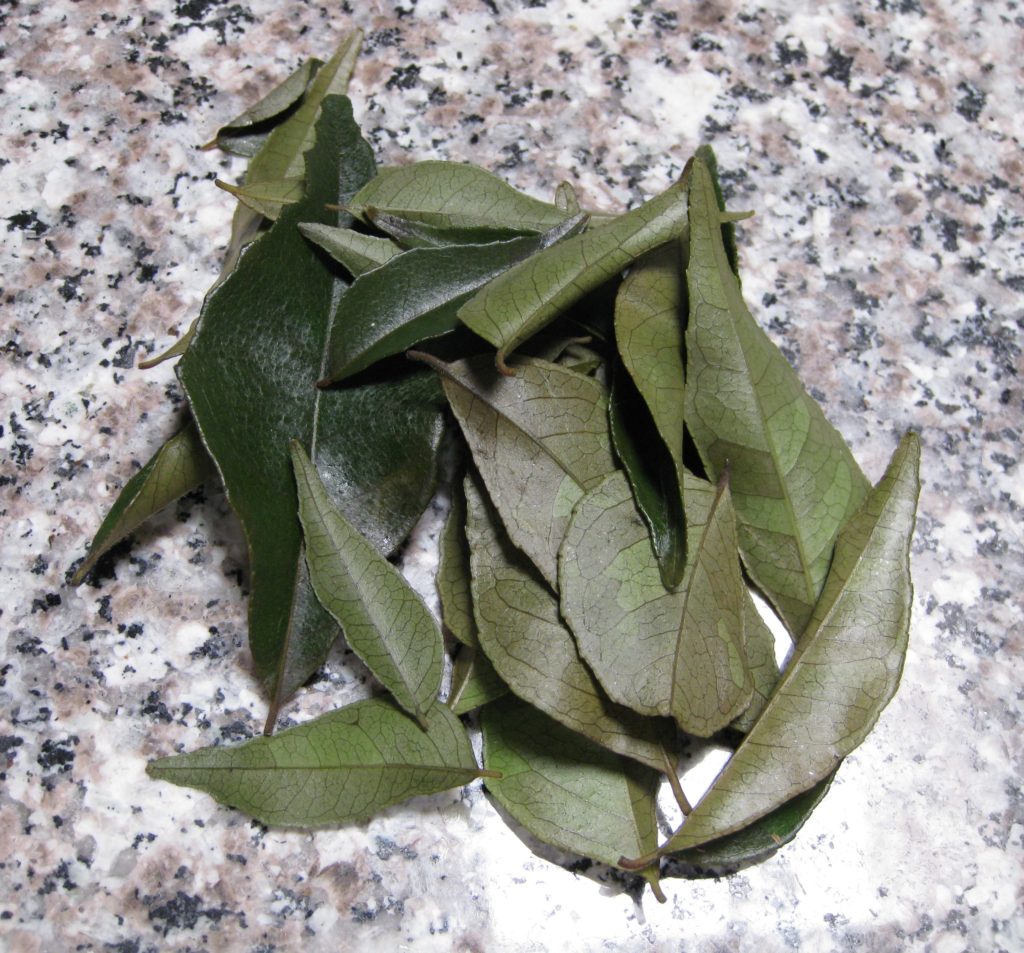
Copyright © 2018 by Villa Sentieri, LLC. All rights reserved.

